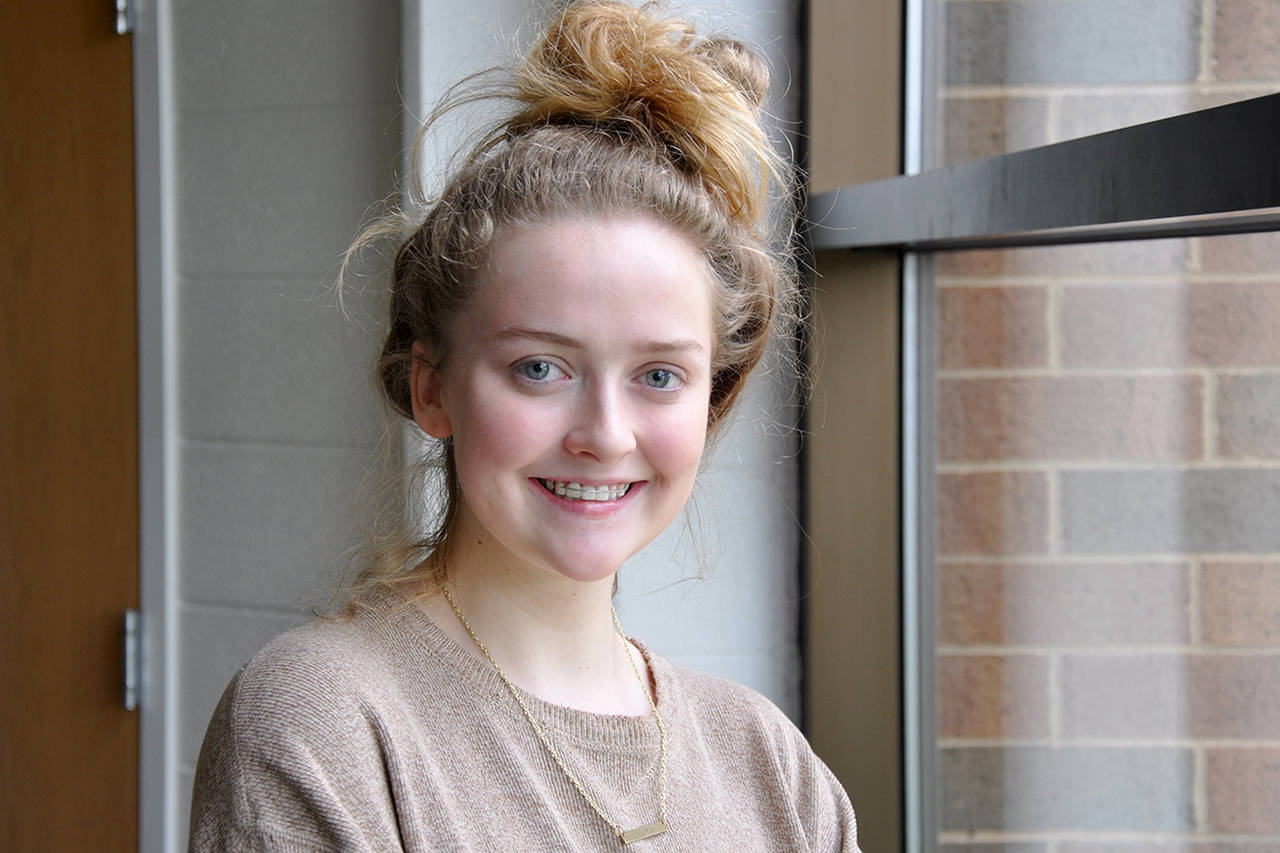HUDSON, Ohio — Forget the days of telling teenagers to “Just Say No to Drugs.”
It’s not the ’80s or ’90s, and the kids aren’t hip to McGruff the Crime Dog — if they ever were.
Some things, though, haven’t changed, like the pressures to fit in, to play sports, to work, to get into college. “People these days are facing a lot of stress, a lot of social pressure,” said Kelsey Lowman, a junior at Hudson High School.
On social media, Lowman and her classmates see friends crowding around role models who, though talented and charming, “romanticize and destigmatize drug use.”
“It’s a very gilded image,” agreed Chris Cavoli, a classmate headed to Ohio State University in the fall.
It’s a dangerous game, not being up front and honest. What could happen, said sophomore Katherine Roegner, if a teenager sees a friend take a pill? It looks nothing like the edgy image of addiction.
“Then, you think maybe it’s not so bad,” Roegner said, imagining the paths others have taken at her upscale school district.
Justifying that first pain pill isn’t hard to imagine. The needle is a logical endpoint. “We don’t see it happening now. We see it happening five years down the road,” said senior Connor Neifert.
A string of fatal opiate overdoses have torn through his older brother’s yearbook in the past two years. “It’s troubling. I think about my classmates,” said Neifert. “Is there something I could have done to help them?”
The answer to that question could come from educators who work with the community to help students help themselves.
About 10 Hudson students will form a new club when school returns in the fall.
“All you have to do is pass a drug test and you’re in,” said Lowman.
The students are launching a chapter of the Drug Free Clubs of America, voluntarily agreeing to no more than five drug tests a year. Clean results would be rewarded with incentives provided by local businesses, such as coupons for free T-shirts or ice cream — whatever the students decide.
Three firefighters in the greater Cincinnati area started the program in 2005 with the idea that if teen drug use never begins, it never has to be defeated. The program is in several school districts in Ohio, Indiana, West Virginia and Kentucky.
“We want it to be student-run,” Lowman said. “I think a lot of time when kids see a program administered by adults, they shy away from it.”
Lowman concedes the program can be costly, especially for urban school districts with concentrated poverty. She’s hopeful that philanthropists will step up to provide seed money for less fortunate schools.
“Just like how drugs are normalized,” she said, “we could normalize drug-free life.”


